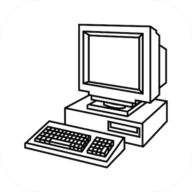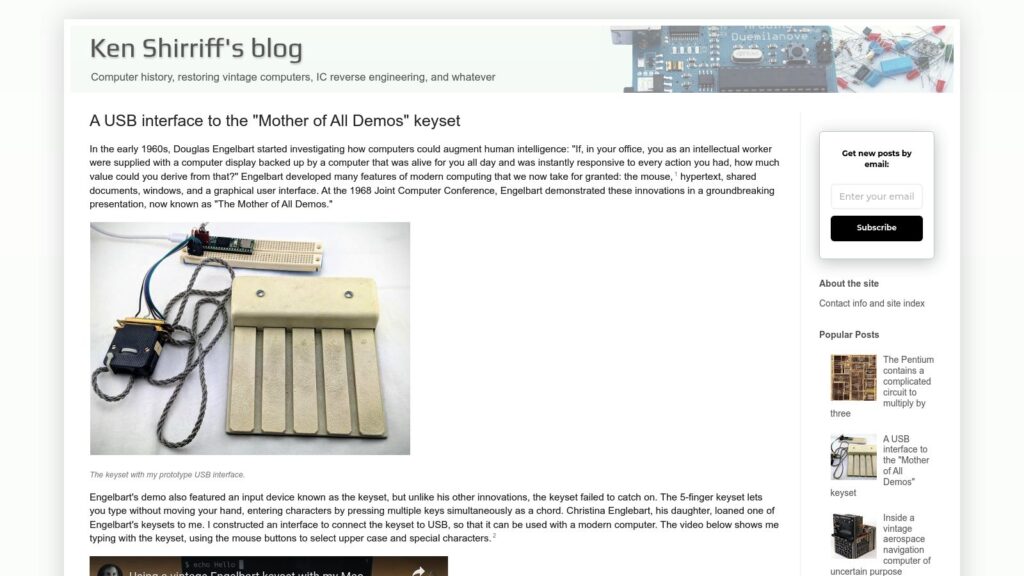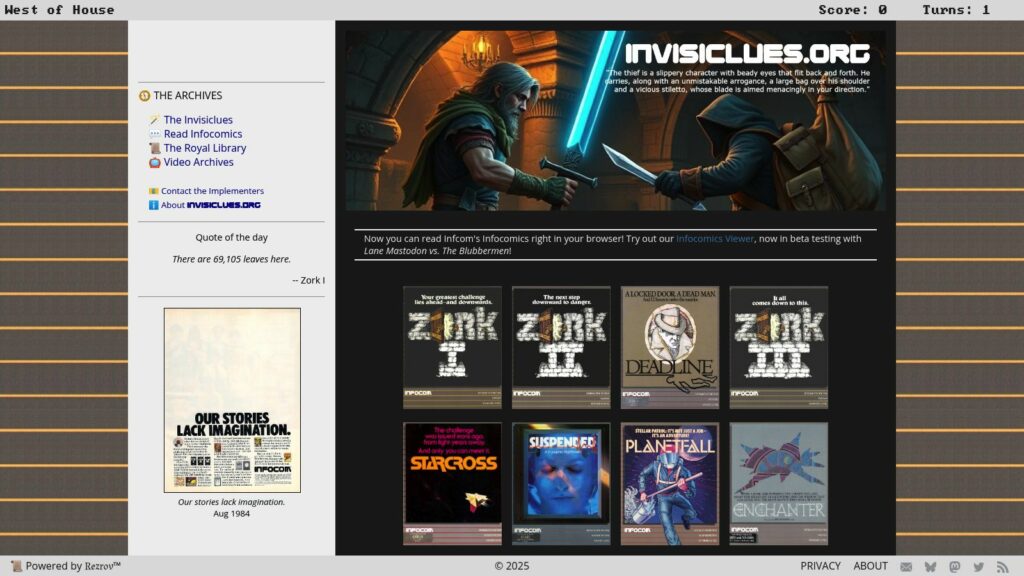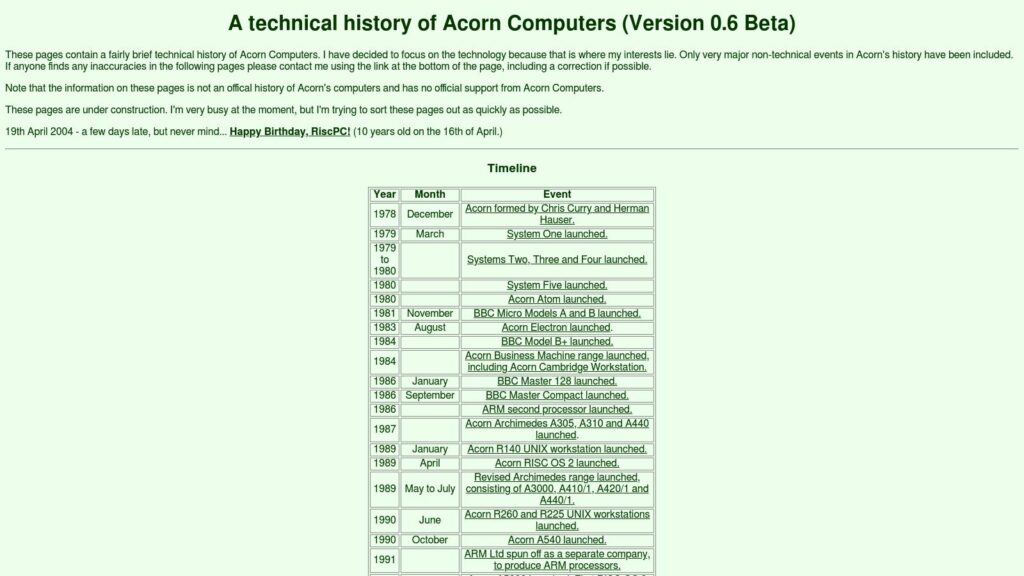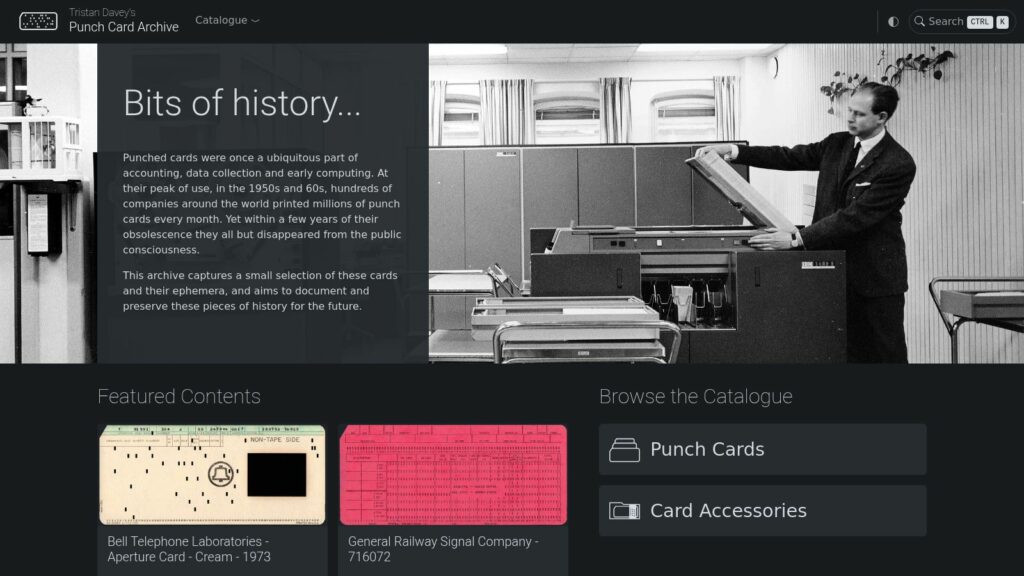Old Mac Software Archive
Old Mac Software Archive offers 680.3TB of classic Mac OS files, with over 137,850 members. Users can run old software on actual hardware or using various emulators like QEMU, SheepShaver, or Basilisk II. Nostalgic games can be played in-browser, and new emulators for Mac OS 9 and early Mac OS X are in development. The archive encourages software uploads and donations to support hosting costs. Users can also find popular software and games, along with community contributions and a call for help in preserving old Mac software.
Old Mac Software Archive Read More »
